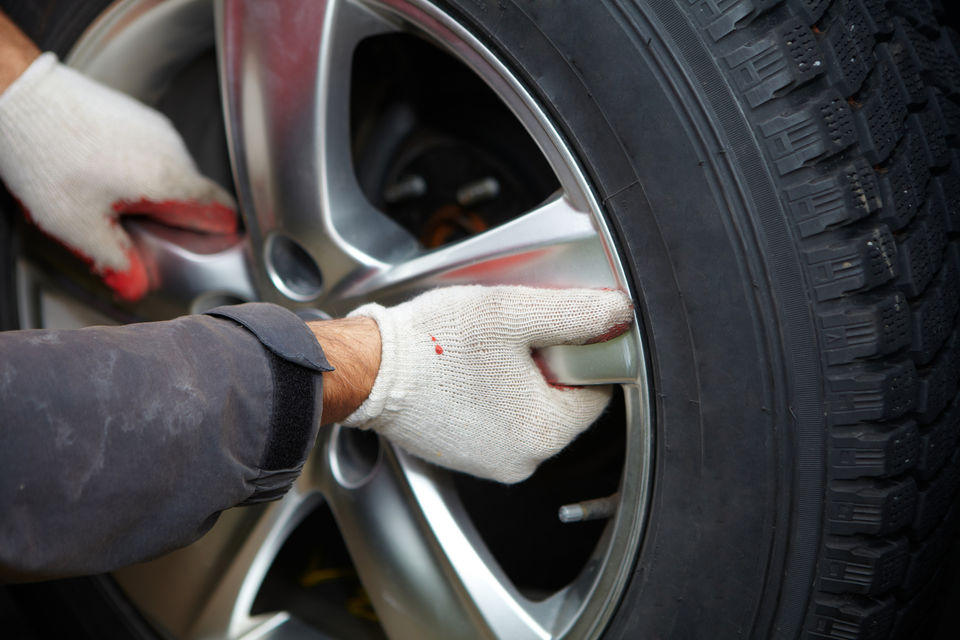
Tyre Rotation Patterns Explained
Ever wondered why your tyres wear out unevenly or why your vehicle’s handling seems off? The answer might just lie in the way you rotate your tyres.
Not many people are aware that tyre rotation comes in various patterns, and each pattern is best suited for different types of vehicles.
Let’s explore this further in this guide.
Common Tyre Rotation Patterns
Forward Cross
This pattern involves moving the front tyres straight to the rear while crossing the rear tyres to the opposite sides in the front.
Rearward Cross
Similar to the forward cross pattern, this method involves crossing the front tyres to the back and moving the rear tyres straight to the front.
X-Pattern
The X-pattern rotation involves the criss-cross movement of the front and rear tyres. The left front tyre goes to the right rear position, and the right front tyre goes to the left rear position, and vice versa.
Side-to-Side
In the side-to-side rotation, the tyres on one side of the vehicle are moved to the opposite side.
Best Tyre Rotation Pattern For 4WD Vehicles
For 4WD vehicles, the X-pattern is considered the best tyre rotation pattern. The reason lies in the drive system of 4WD vehicles, which distributes power to all four wheels equally.
The X-pattern ensures that the tyres on both axles wear evenly and maintain proper traction throughout their lifespan. This results in better off-road performance and overall handling for 4WD vehicles.
Factors to Consider Before Rotating Tyres
Tyre Condition
Inspect your tyres for any damage or signs of excessive wear. If a tyre is severely damaged or worn, it may not be suitable for rotation.
Tread Depth
Check the tread of each tyre. If the tread depth is significantly different between tyres, it might affect the rotation pattern you choose.
Tyre Age
Consider the age of your tyres. Tyres that are close to their expiration date might not benefit from rotation as much as newer ones.
Vehicle Manufacturer’s Recommendations
Always refer to your vehicle’s owner’s manual for specific rotation recommendations from the manufacturer.
Why Tyre Rotation Matters
Tyres tend to wear differently depending on their position on the vehicle.
Front tyres experience more pressure when turning, while rear tyres wear more evenly. This variation in wear can lead to an imbalance that affects your vehicle’s stability and handling.
Regular tyre rotation helps distribute this wear, ensuring each tyre wears down at a similar rate, which in turn enhances the overall longevity of the tyres and saves you money in the long run.
Can You Rotate Tyres Yourself?
Yes, tyre rotation is a task that can be done at home, provided you have the necessary tools and equipment. However, it’s important to follow proper guidelines and safety precautions.
If you’re not confident in your mechanical skills, it’s best to have a professional mechanic or tyre technician perform the rotation for you. This ensures that the job is done correctly and reduces the risk of any mishaps.
Summary
Rotating your tyres is a crucial part of tyre maintenance that greatly affects their performance and lifespan.
Remember, it’s just one of the many things you should do to keep your vehicle running well.
Check out our tyre guides for more helpful information on tyre care and maintenance.

Louis
I'm Louis, an engineer passionate about helping Australians choose better tyres for their vehicles!
